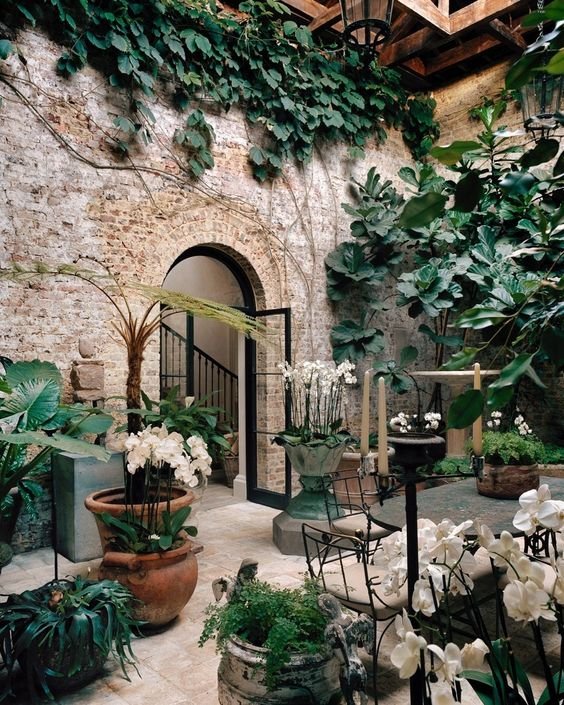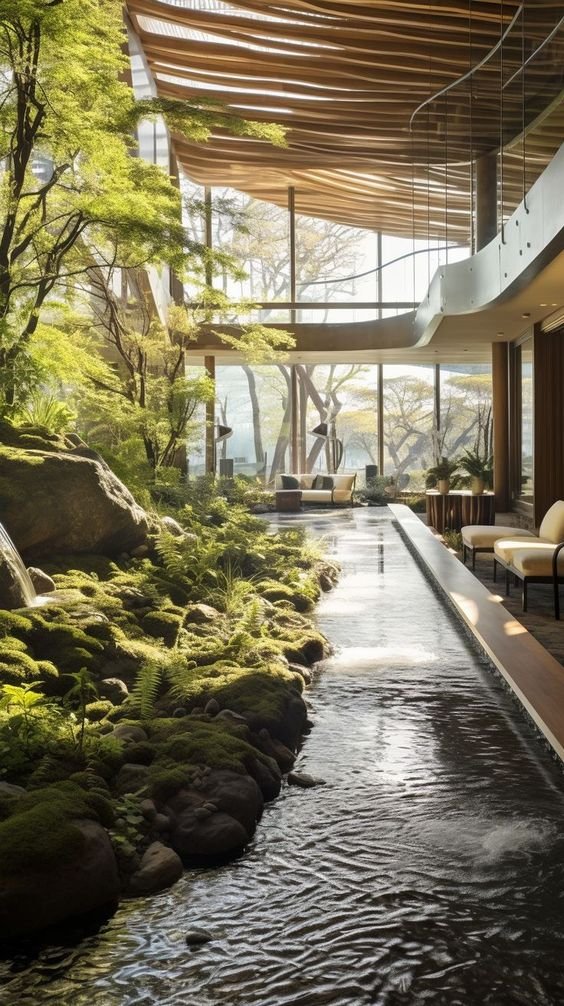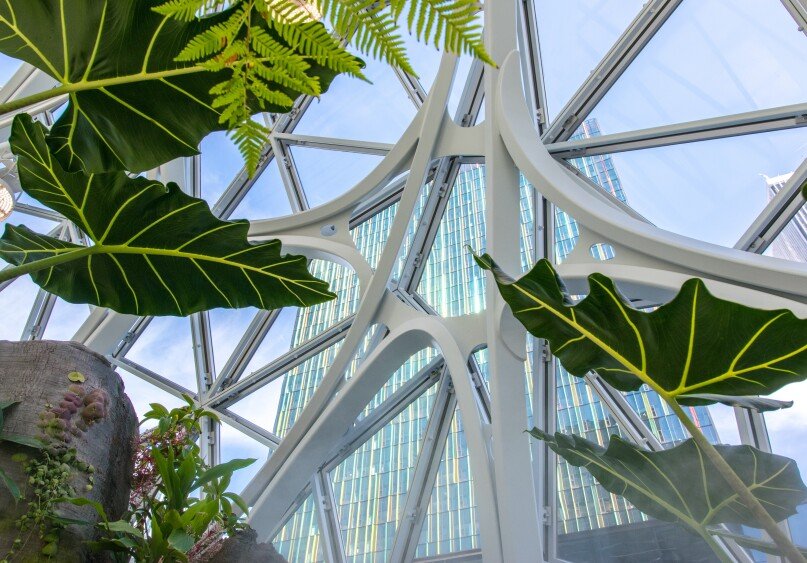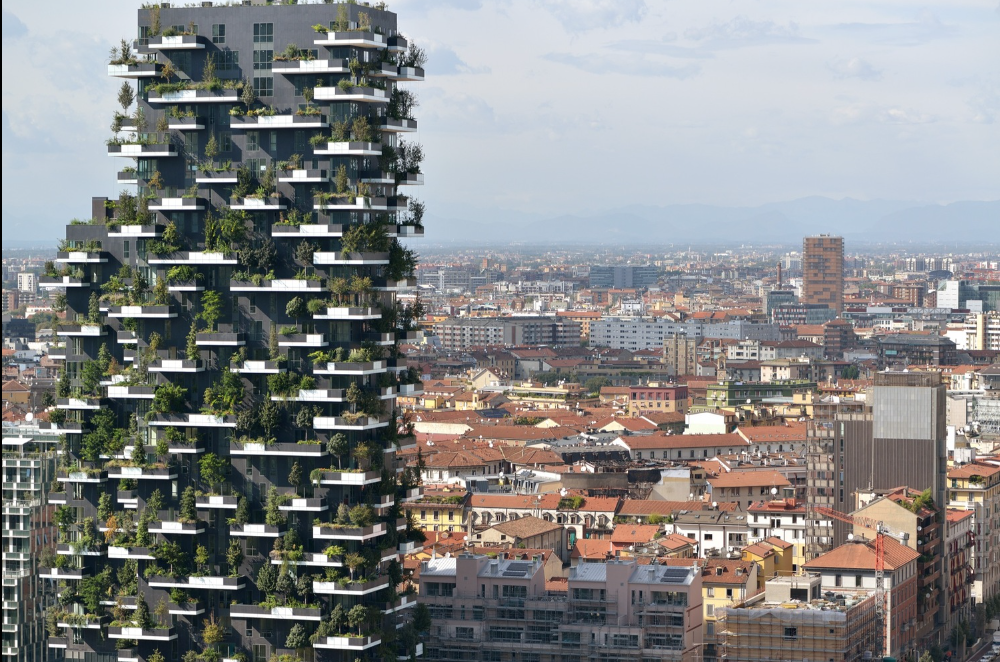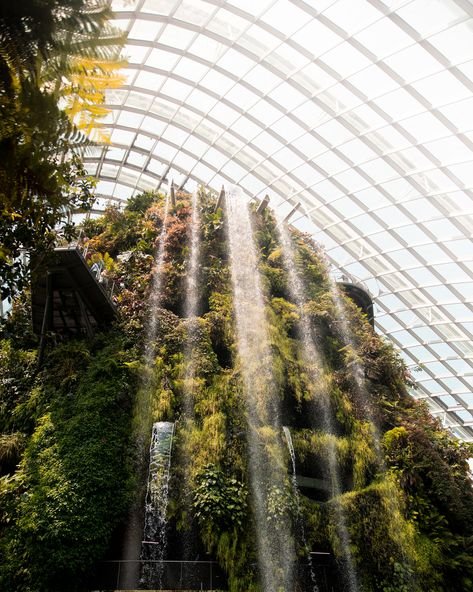Embracing Nature: The Essence of Biophilic Architecture and Design
April is Earth month! It may be bringing us the anticipated rain showers but it also provides us an ideal opportunity to contemplate our environmental footprint and pledge to make constructive adjustments.
I LOVE LOVE LOVE Nature!
Born the granddaughter of a founding Arborist in the state of New Jersey, Tree hugging is in my DNA !! Which makes me excited to share my passion for Biophilic Architecture and Design.
In an increasingly urbanized world, where skyscrapers dominate skylines and concrete jungles sprawl, the yearning for a connection with nature has never been more profound.
Biophilic architecture and design emerge as a transformative approach, blending the built environment with the natural world to create harmonious, sustainable, and inspiring spaces.
Nature has always provided profound inspiration for me. There are so many benefits of biophilic architecture, primarily how this design philosophy enriches our lives by bringing us closer to nature.
Large community terraces punctuate the building creating landscaped volumes on all floors.
Biophilic architecture is rooted in the concept of biophilia, a term coined by biologist Edward O. Wilson to describe the innate human affinity for nature. Biophilic architecture and design seek to incorporate natural elements, patterns, and processes into the built environment to enhance the overall well-being of occupants.
The core principles of biophilic design include:
Natural Light and Ventilation: Introducing ample natural light and fresh air into spaces not only reduces reliance on artificial lighting and HVAC systems but also fosters a connection to the outdoors.
Greenery and Living Elements: Integrating plants, green walls, and living roofs within buildings not only enhances aesthetics but also improves air quality and provides a sense of vitality.
Natural Materials: Using materials such as wood, stone, and other natural elements in construction connects occupants to the Earth's raw beauty while promoting sustainability.
Water Features: Incorporating water elements, such as ponds or fountains, introduces calming sounds and visual interest, mimicking the serenity of natural landscapes.
Organic Shapes and Patterns: Incorporating organic shapes and patterns in architectural elements and interior design can evoke the randomness found in nature, promoting a sense of calm and tranquility.
Benefits of Biophilic Architecture:
The adoption of biophilic architecture and design goes beyond aesthetics; it offers a myriad of benefits for both individuals and the environment:
Enhanced Well-being: Exposure to nature has been linked to reduced stress, improved cognitive function, and overall well-being. Biophilic design fosters a healthier, more supportive environment for occupants.
Increased Productivity: Studies have shown that incorporating natural elements in workspaces can boost productivity and creativity, making it an ideal approach for offices and educational institutions.
Sustainability: Biophilic design aligns with sustainability goals by promoting energy efficiency, reducing the carbon footprint, and emphasizing the use of eco-friendly materials.
Biophilic Urban Planning: Beyond individual buildings, biophilic principles can be applied to urban planning, creating green spaces, parks, and interconnected natural corridors within urban environments.
Examples of Biophilic Design:
Amazon Spheres, Seattle, USA: Amazon's innovative office spaces are housed within three interconnected glass domes filled with thousands of plants. The Spheres provide a lush, green oasis for employees, fostering a connection to nature in the heart of the city.
Bosco Verticale, Milan, Italy: Known as the Vertical Forest, this residential complex features towers covered in trees and plants. The towers help absorb CO2, reduce pollution, and create a microclimate that benefits residents.
Singapore's Gardens by the Bay: This iconic project combines architectural innovation with a vast array of plants and sustainable features. The Gardens showcase the integration of technology and nature to create a captivating urban green space.
Biophilic architecture and design represent a paradigm shift in how we conceive and construct our built environments.
By embracing nature in our designs, we can create spaces that not only captivate the eye but also nourish the soul.
BIOPHILIA
Integrating natural elements into our built environments, can have massive health, environmental, economic and long-term developmental benefits for cities and interiors everywhere.







